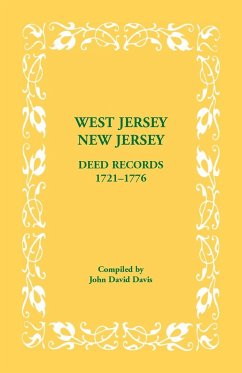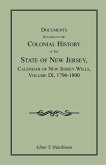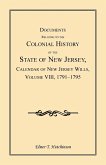Sir George Carteret was appointed New Jersey's first governor in August 1665, at the age of twenty-five. In July 1673, the Dutch reconquered New York and New Jersey and they remained until Britain regained the two colonies in November 1674. In March 1674, Sir George agreed to a partition of the province into East and West New Jersey. The diagonal boundary gave Sir George all the inhabited lands. The two "divisions" remained separate until 1702, when New Jersey became a royal province. "Although a handwritten deed can run several pages in a deed book, the bulk of the information is largely repetitive lawyer words and thus can be reduced to just a few lines of interest to genealogists." The format followed in the abstraction of the deeds of West Jersey, New Jersey is: date of transaction, name of grantor(s), occupation of the grantor(s), place of residence of grantor(s), name of grantee(s), occupation of the grantee(s), place of residence of grantee(s), sales price, area of land involved, neighbors, chain of deed, signature of grantor(s) and signature of witnesses. A full name index completes this work.
Hinweis: Dieser Artikel kann nur an eine deutsche Lieferadresse ausgeliefert werden.
Hinweis: Dieser Artikel kann nur an eine deutsche Lieferadresse ausgeliefert werden.








